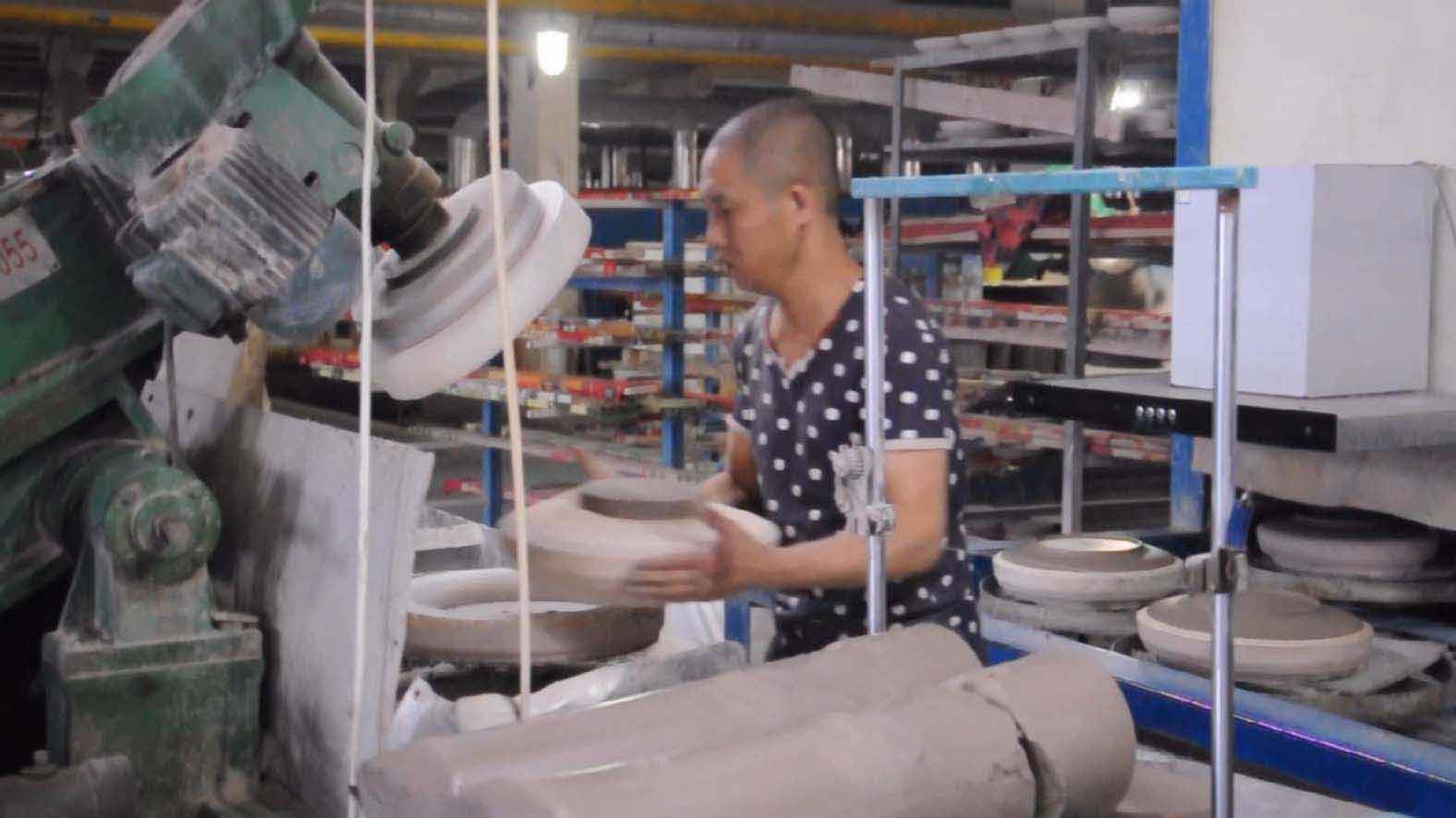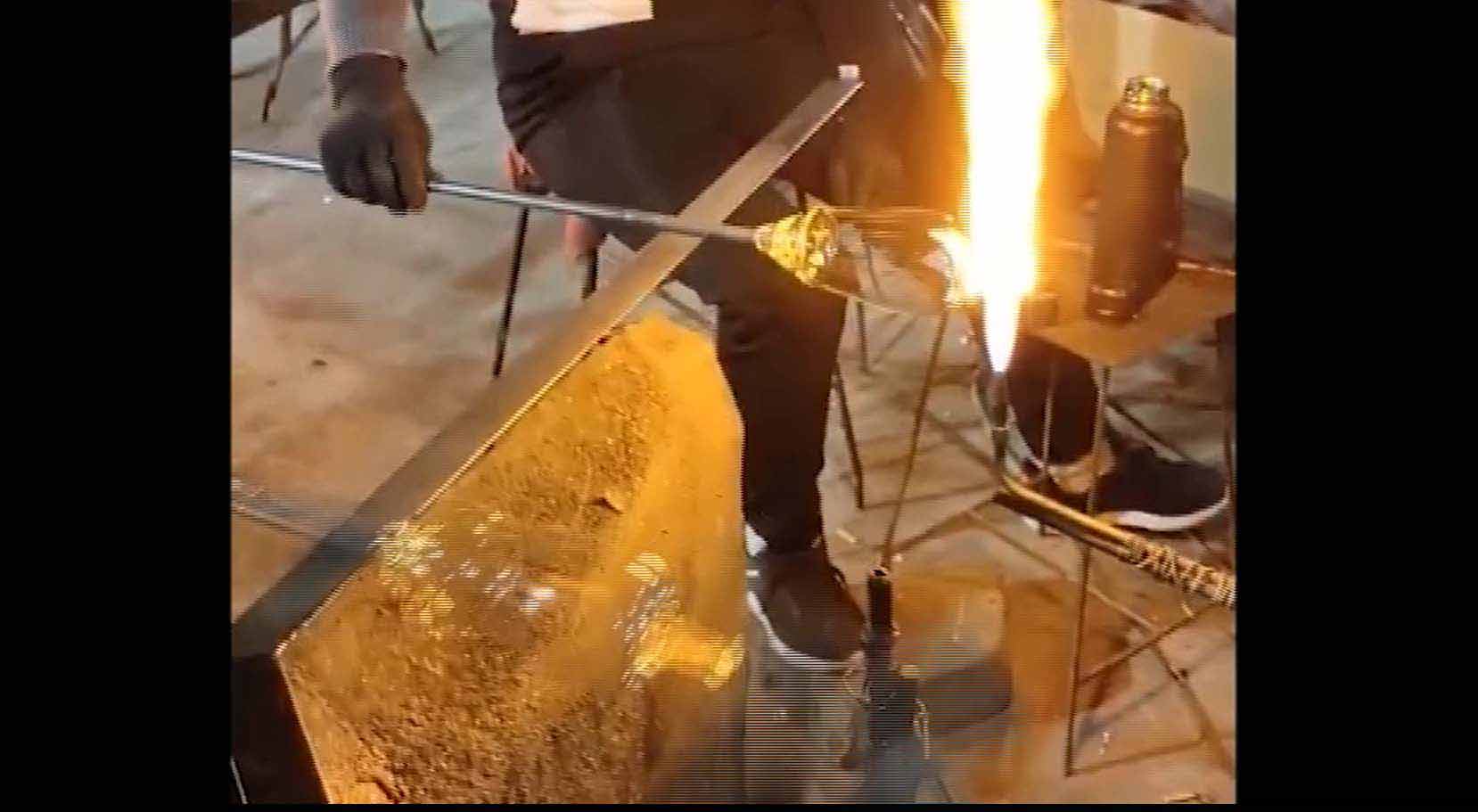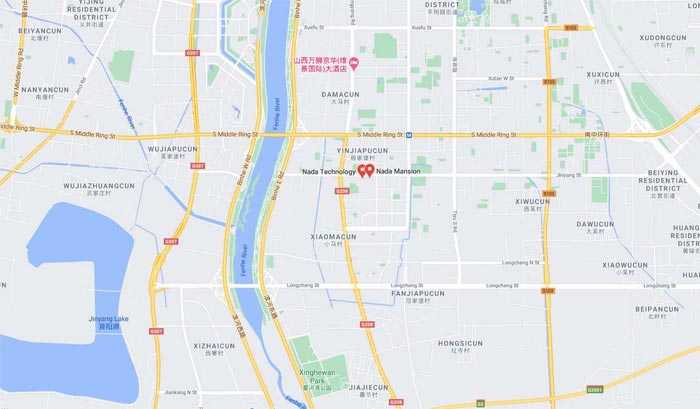Stainless stell flatware set production process
1. Cut the entire roll of stainless steel into small pieces for subsequent processing.
2. Reducing the mouth; punch out the original embryo body of the product with a punching machine.
The appearance of the stamped embryo body has the following conditions:
Workers will have scratches, material injuries, and marks caused by sharp objects impact when handling the plates. Need to be removed after subsequent flat polishing.
The stamping die is processed by wire cutting, so after stamping, it will cause a wire cutting mark on the edge of the embryo. Need to be removed after the edges are sanded.
Improper operation by workers causes embryo body defects. ZY requires less than 0.2% of workers. If this limit is exceeded, there will be related penalties. Products with defective embryo bodies will be picked out before going to the next process.
3. Stamping text.
Defects mainly include incorrect text position, repeated stamping or missing stamping. Defects will be detected in this process and subsequent processes,
4. Edge grinding; remove the line cutting marks on the edge of the product and achieve the required smoothness. Grinding is basically carried out with grinding wheels of two specifications.
Defects are mainly caused by insufficient polishing: uneven unevenness, small gaps (edges), sharp edges.
5. Flat cast; because the product is not bent, it is flat, so ZY is called flat cast. The grinding wheel used in this process is coarse sand (compared to the subsequent hand polishing), polished six times to remove the pits and scratches on the surface of the embryo.
The main reason is insufficient polishing, and the surface defects are not removed. Rethrow after being picked out by quality inspection.
In addition, if the temperature is too high during polishing, there will be small red patches on the edge of the product (it is estimated to be the oxidation reaction of too high temperature), which can be removed by grinding with a grinding wheel, but this situation rarely occurs.
PS: Water polishing: Put the product into a container with many small steel balls and turn it over. It is mostly used for products with low polishing requirements.
6. Press bending: use a press brake to process the product to the required degree of bending.
This process basically does not cause defects. However, due to the elasticity of the material itself, it will cause the error of the degree of bending between the products, and the error on the product is relatively large, about 4-5mm. It will be adjusted when boxing, uniform error.
7. Hand throwing: The grinding wheel used is finer than the flat grinding wheel. During the operation, the edge of the product will be polished incidentally to remove defects such as chipping and sharp edges that may be caused by some previous processes.
Dirt (polishing wax) is accumulated on the edge, which can be removed after cleaning in the next process.






